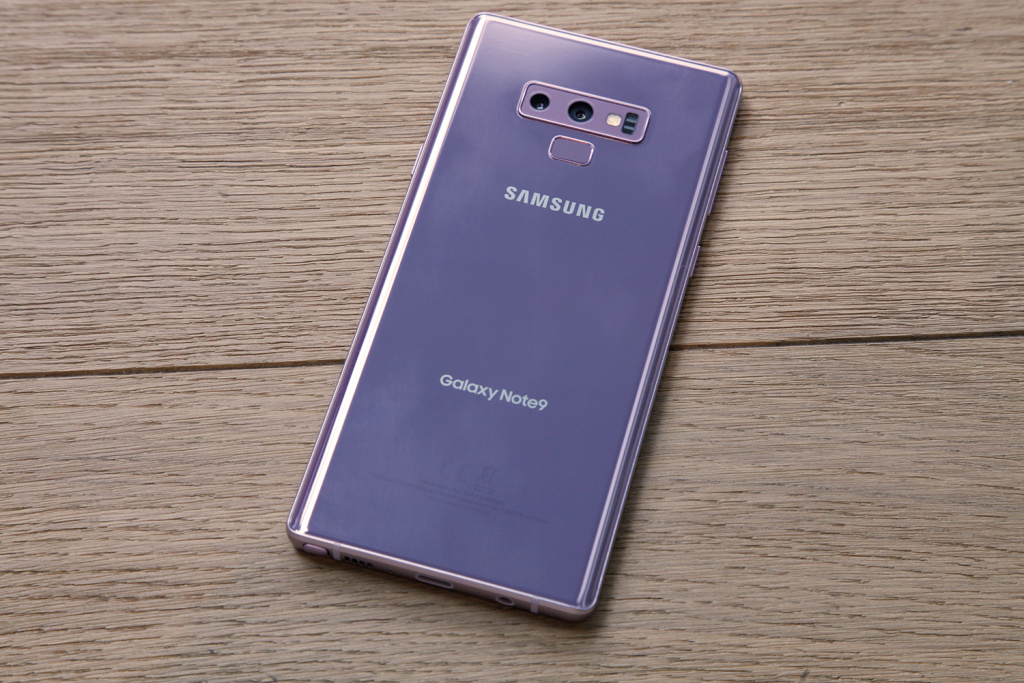
Working For Notebookcheck
Are you a techie who knows how to write? Then join our Team! Especially English native speakers welcome!
Currently wanted:
German-English-Translator - Details here
Once in a while, a phone is released that manages to tick all the boxes for the majority of users. The Samsung Galaxy Note 9 was one such phone. Released in the summer of 2018, the Note 9 delivered all the important features needed from a flagship at the time, and will, perhaps, go down as the greatest Android flagship we've seen.
Notch shenanigans aside, 2018 was a great year for Android flagships, and no phone better encapsulated that than the Note 9. Popular opinion leans towards 2017 being the more defining year for smartphones, and that's entirely right. But innovation comes with hiccups, so while 2017 saw the introduction of new technology and design, it wasn't until 2018 that OEMs truly ironed out the kinks in those innovations—and that's what makes the Galaxy Note 9 so impressive. An almost complete lack of weaknesses.
The Galaxy Note 9 featured a 6.4-inch display, in an 18.5:9 ratio. It was, of course, a 60 Hz panel, but that was on par for the period, and the actual quality of the display was class-leading. The Note 9 was powered by a Snapdragon 845, and offered up to 8 GB of RAM and 512 GB of storage.
Those may have seemed a tad excessive at the time, but they contribute to what makes the Note 9 so great. They made the Note 9 future-proof, which is more than can be said for most phones from that period. While the LG V40 and Google Pixel 3 had just 64 GB of storage, the Note 9 could be specced out to offer eight times, as well as more RAM than the other two.
Even as important is the battery the phone had, its 4000 mAh battery ushering in the era of Samsung flagship phones with adequate battery capacity. It's been onward since then. The S10+ had a 4100 mAH unit, the Note 10+ had 4300 mAh, and the S20 Ultra has a massive 5000 mAh battery. The only flagship phone at the time with similar battery capacity was the Mate 20 Pro with its 4200 mAh battery, but the Huawei flagship had its fair share of faults. The LG V40 had a puny 3300 mAh battery, and the Google Pixel 3 XL had a slightly bigger battery at 3430 mAh.
Unlike the Mate 20 Pro, LG V40, and Pixel 3 XL, the Note 9 also lacked a notch. While the notch on the Mate 20 Pro may have been excusable—it did offer secure 3D face unlock—the V40's wide-angle selfie camera was useless for the most part. Samsung opted for a traditional bezel instead, meaning the Note 9 doesn't look like something straight out of 2018. Dissimilar to other flagships released that year, the Galaxy Note 9 offered a headphone jack. That makes it the last Galaxy Note to sport a jack.
As a whole, it's evident that the Note 9 offered a far more complete package when placed alongside the competition. Yes, it lacked the Pixel 3's sheer photographic capabilities and the Mate 20 Pro's fast-charging and ultra-wide-angle camera, but it combined the best parts of those phones, while eschewing their weaknesses, and that's what makes it truly special.
A mint Galaxy Note 9 can be had for about US$350 these days. That's about the same as most new mid-range phones these days, particularly in the US. The Note 9 will never get Android 11, but it's already receiving One UI 2.1, and will get security updates for two more years. The Snapdragon 845 it's powered by still outperforms most non-flagship SoCs out there, especially GPU-wise. What's not to like?
"Android" - Google News
June 22, 2020 at 01:01AM
https://ift.tt/2Nk6oRI
The Samsung Galaxy Note 9 was the last truly great Android flagship - Notebookcheck.net
"Android" - Google News
https://ift.tt/336ZsND
https://ift.tt/2KSW0PQ
Bagikan Berita Ini














0 Response to "The Samsung Galaxy Note 9 was the last truly great Android flagship - Notebookcheck.net"
Post a Comment